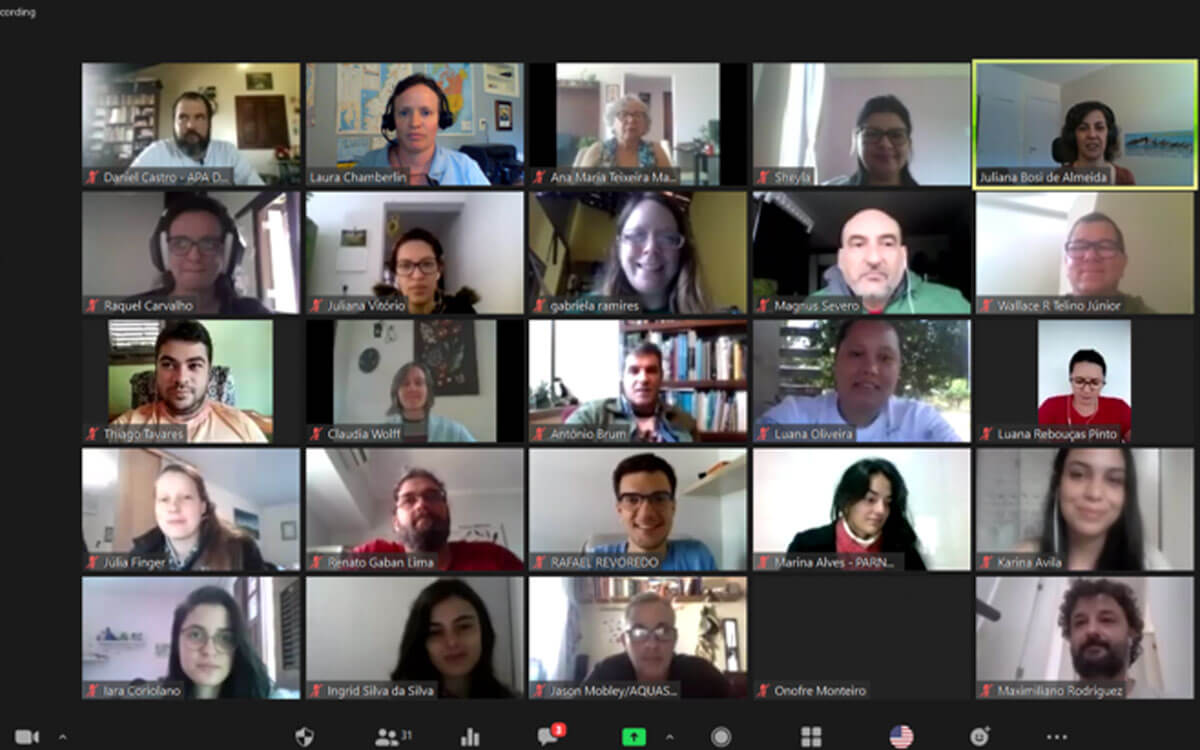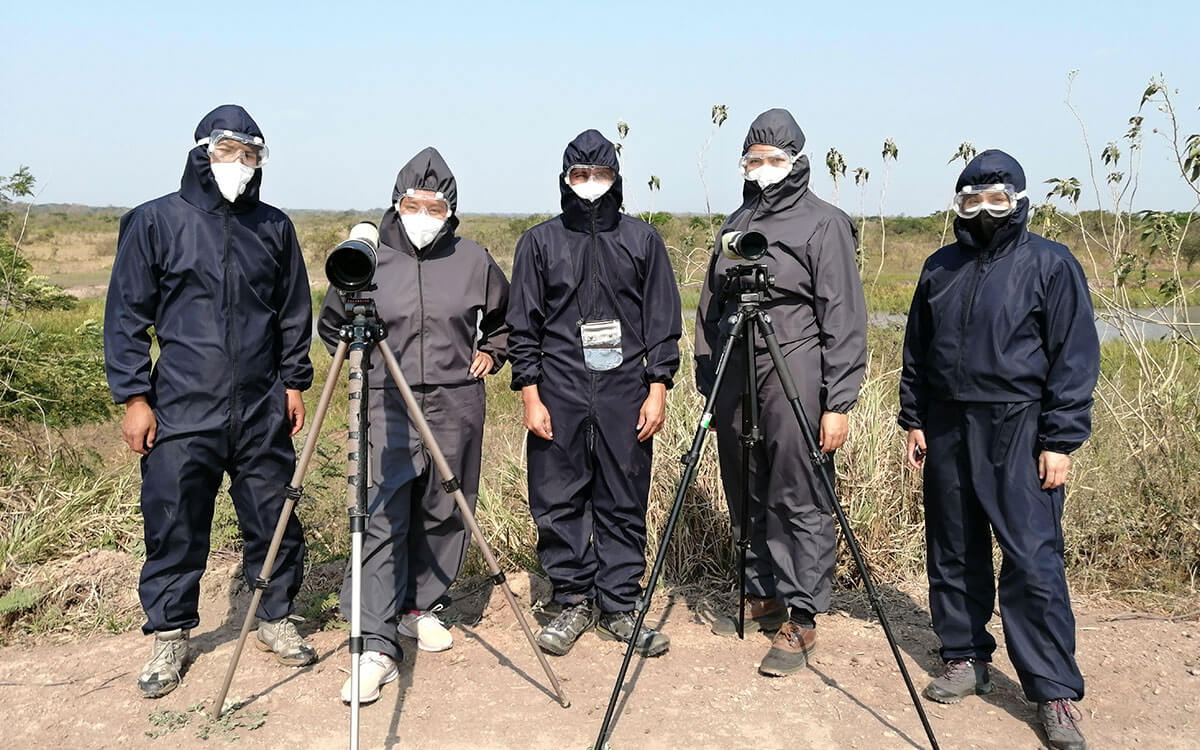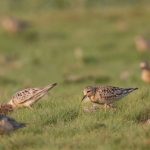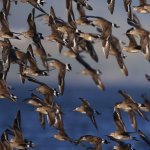Effective shorebird conservation requires managing habitats to make them resilient to change. Such work may entail managing people to reduce disturbance to birds and habitats; or managing the habitats themselves to adapt to, or mitigate for the impacts of a changing climate. With this we try to build the resilience of shorebird populations to increase their ability to survive impacts that we can’t control, such as the mismatched timing of food resources in the Arctic from an increasingly early spring thaw. To do this, we seek new opportunities and collaborate with diverse stakeholders to integrate and balance shorebird conservation with human wellbeing needs. Resilience is our constant focus.
But in 2020, resilience took on new meaning for us and the world at large. The COVID-19 pandemic has challenged almost every aspect of how we “do business”. As the world changed overnight, our work was halted. Festivals to build community support were canceled. Field research and monitoring activities were suspended. Workshops were postponed. And decision-makers’ focus understandably shifted from conservation to basic human needs. But the conservation needs were still present, and we needed to adapt our work in order to continue addressing them.
First, we took stock of the silver linings. In many areas, restricted access due to quarantine restrictions created “wilderness” experiences for migrating and nesting shorebirds, illustrating how this habitat would be without humans. For example, Fort Pulaski National Historical Monument on the coast of Georgia (USA), was closed to visitors. As staff conducted their annual monitoring, they observed unprecedented numbers of shorebirds feeding on their beaches, showing the potential when disturbance from recreation is reduced.


Left: Webinar and online events made collaboration between different stakeholders and partners possible during this year. Photo: SAVE disturbance webinar. Right: Partners in Bolivia heading to Barba Azul Nature Reserve following COVID security measures. Photo: Teodoro Camacho.
Next it was our chance to put the Network into WHSRN, capitalizing on our new virtual world. Since everyone was brought into this virtual world together, technology barriers that would have prevented virtual exchange in the past, were now greatly reduced. We adapted in-person engagement plans for trainings, planning, and education for virtual activities. Meetings and webinars were streamed live on social media platforms, often with simultaneous translation, opening up discussions and information to a broader audience than is usually possible with in-person meetings. Virtual exchanges between sites were coordinated, allowing sites to connect and learn from each other, without expensive and time consuming international travel. There was even virtual field trips, introducing people to sites they would never see otherwise.
Many volunteer-based and field activities has to be cut back or cancelled to comply with restrictions. However, this provided an opportunity to provide virtual trainings for people keen to hone their skills for future surveys. Shorebird identification and monitoring webinars proved particularly popular. In Delaware Bay, while training sessions for new reTURN the Favor volunteers had to be cancelled, returning volunteers stepped up, following social distance guidelines to rescue a record-breaking 182,076 horseshoe crabs.
The key to WHSRN’s success has always been its focus on building local capacity at the sites to address conservation needs. The pandemic underlined the importance of this approach, with many site partners able to rapidly respond to changes in local restrictions to advance work whenever possible. Thanks to the support (and understanding) of many generous donors we were able to continue building local capacity, developing new tools and approaches, expanding our work with partners in aligning shorebird conservation with grassland ranching and salt and shrimp farming, and offer partners the flexibility they needed to modify project activities and timelines to achieve conservation results.
As we look towards 2021, the only guarantee is that it will bring new challenges for us and our communities. The good news is that partners across the WHSRN network have been strengthened from 2020 with new tools and opportunities, increasing our resilience. 2021 will see the WHSRN Executive Office striving to ensure the inclusiveness of all our conservation actions, strengthening the WHSRN approach. And when we are stronger, we are better equipped to create resilient habitat for shorebirds.
Cover Photo: Mixed flock of rufa Red Knot (Calidris canutus rufa) and Hudsonian Godwit (Limosa haemastica) at WHSRN site Bahia Lomas. Photo: Diego Luna Quevedo.






